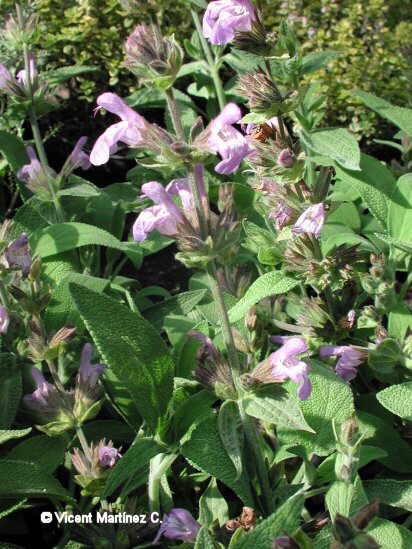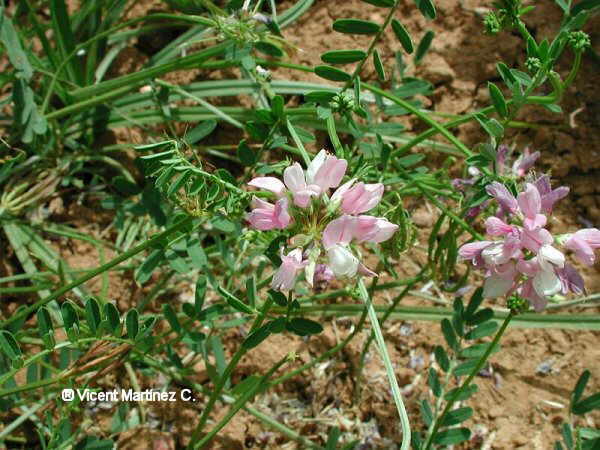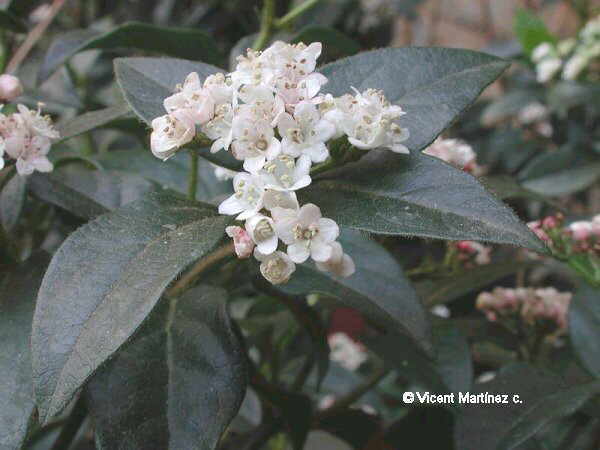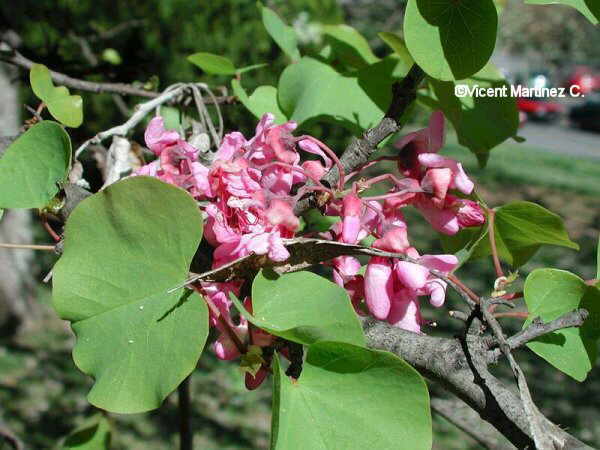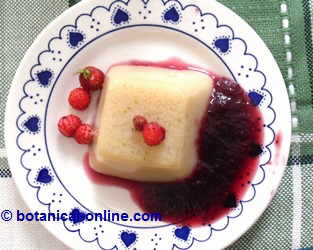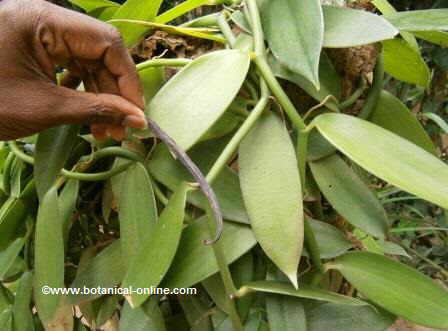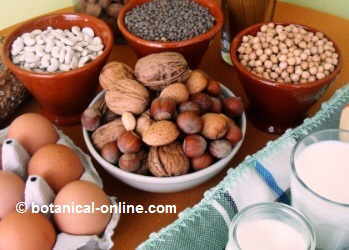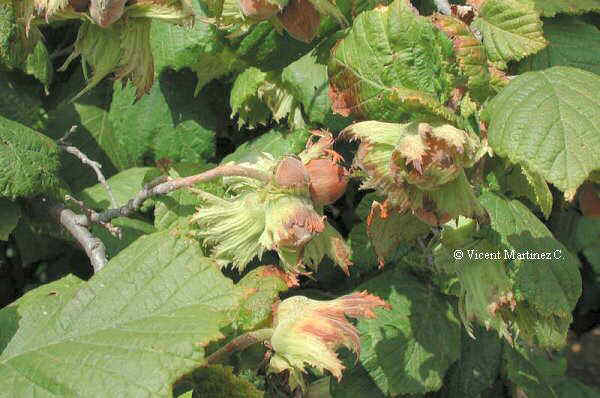Contents
CHARACTERISTICS OF PABA
What is PABA?
Although PABA (Para-aminobenzoic acid) is sometimes considered as a vitamin B, in fact it takes part of folic acid.
The word “PABA” comes from the abbreviated PABA. “PABA can be found as a component of many sunscreen because it is able to prevent the passage of ultraviolet rays, thereby protecting the negative effects of solar radiation.
Medicinal properties of PABA

The best way to take PABA is with a balanced and varied diet, rich in vegetables, fruits, grains and pulses.
A series of medicinal properties has been attributed to PABA. However, most experts believe they are not true or are not sufficiently demonstrated and, therefore, they discourage the use of PABA supplements because they are products which, besides not being a real therapy, can harm the body.
Between the supposed properties that some attribute to PABA are:
- Restraining hair fall.
- Avoiding grey hairs or returning the natural color to the hair.
- Restraining headache.
- Addressing problems of nerves.
- Fighting skin diseases. (It stops wrinkles, prevents sagging, crow’s feet, prevents stains, stops the spread of vitiligo, combats dermatitis, etc.).
- Providing vitality to the organism.
- Increasing female fertility.
- Keeping the body young.
- Avoiding the diseases of the digestive apparatus.
The administration of supplements of this vitamin, in habitual doses of 100 daily mgs can be interesting.
Where it PABA found?
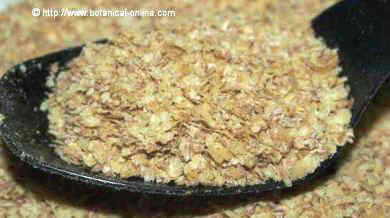
Wheat germ is rich in para-aminobenzoic acid or PABA
- Animal sources of PABA: The main source is animal liver. Yogurt is also very rich.
- Vegetal sources of PABA: The main vegetal sources are wheat germ, whole grains
- Natural sources of PABA: The organism is able to synthesize the PABA through the action of a series of bacteria in the intestine.
- PABA supplements: Besides foods, this vitamin can be acquired through supplements, in the form of capsules or tablets.
Daily needs of PABA
The intake of folic acid necessary ADR meets the needs of this component.
Toxicity of the PABA
The PABA supplements are not advised. In dose superiors to 1 gr., they can produce intestinal problems (vomits, diarrhea, etc.) problems in the skin (pruritus, vitiligo, dermatitis or eruptions) or diseases in the liver. (Hepatitis or hepatic insufficiency). High doses you can be mortal in small children.
The PABA ingestion interferes with certain antibiotic absorption.
Sunscreens with PABA
Poisonings have occurred in persons who, even they do not take these supplements, have used those that contained sunscreen.
There are cases of respiratory disorders by inhalation, difficulty breathing or sore throat. Evaporation of the product may also affect the nose or eyes.
The most often occur in the skin reactions in the form of rashes in people who have been exposed to a very high or who are allergic to the product.
When the ingestion or inhalation of PABA are too high can also cause alterations in the nervous system, difficulty thinking, dizziness and even commas.
LIST OF VITAMINS
| Vitamin B1 (Thiamin) | Vitamin B2 (Riboflavin) | Vitamin B3 (Niacin) |
| Vitamin B5 (Pantothenic acid) | Vitamin B6 (Pyridoxine) | Vitamin B7 (Biotin) |
| Vitamin B9 (Folic acid) | Vitamin B12 (Cobalamin) | Choline |
| Inositol | PABA | Lipoic acid |
![]() More information on vitamins.
More information on vitamins.

